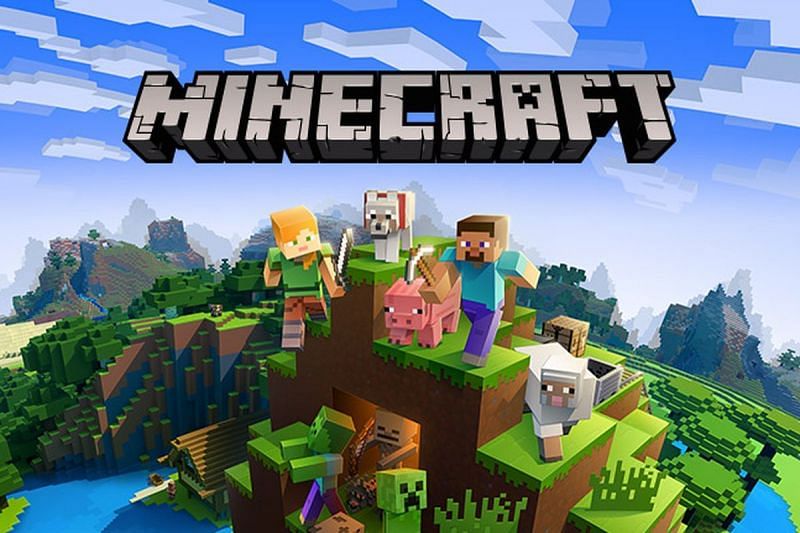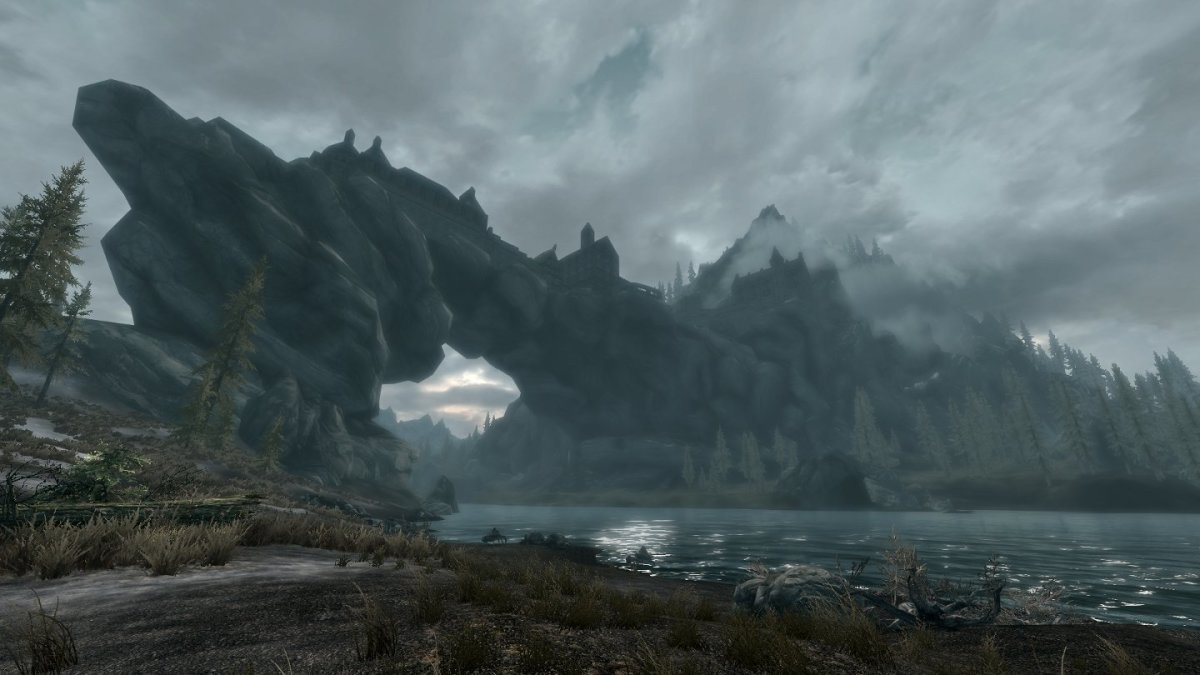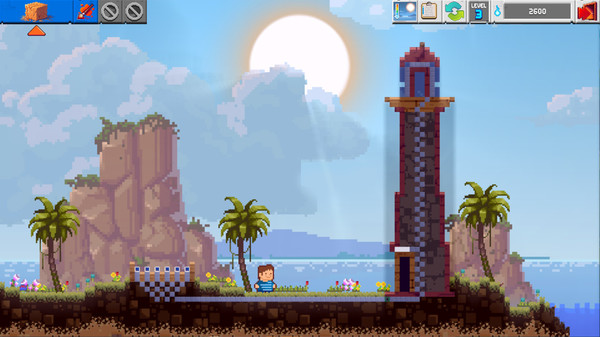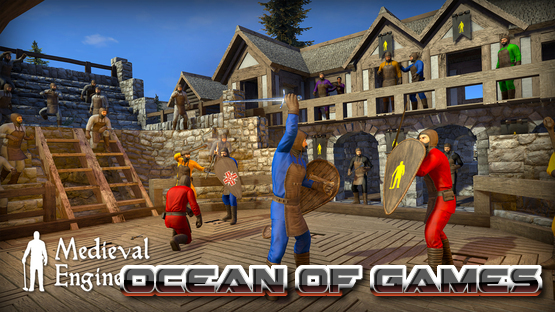


There are "a lot of varieties" of sandbox design, based on "a wide range of dynamic interactive elements". Sandbox design can also describe a type of game development, where a designer slowly adds features to a minimal game experience, experimenting with each element one at a time.

Sandbox design can either describe a game or a game mode, with an emphasis on free-form gameplay, relaxed rules, and minimal goals. Minecraft (2011) is one of the most successful examples of a sandbox game, with players able to enjoy in both creative modes and through more goal-driven survival modes.įrom a video game development standpoint, a sandbox game is one that incorporates elements of sandbox design, a range of game systems that encourage free play. Sandbox games also found ground with the ability to interact socially and share user-generated content across the Internet like Second Life (2003). The releases of The Sims and Grand Theft Auto III in 20, respectively, demonstrated that games with highly detailed interacting systems that encouraged player experimentation could also be seen as sandbox games. The "sandbox" term derives from the nature of a sandbox that lets children create nearly anything they want within it.Įarly sandbox games came out of space trading and combat games like Elite (1984) and city-building simulations and tycoon games like SimCity (1989). Sandbox games are often associated with an open world concept which gives the player freedom of movement and progression in the game's world.

More often, sandbox games result from these creative elements being incorporated into other genres and allowing for emergent gameplay. These are also known as non-games or software toys. Some games exist as pure sandbox games with no objectives. A sandbox game is a video game with a gameplay element that gives the player a great degree of creativity to complete tasks towards a goal within the game, if such a goal exists.


 0 kommentar(er)
0 kommentar(er)
